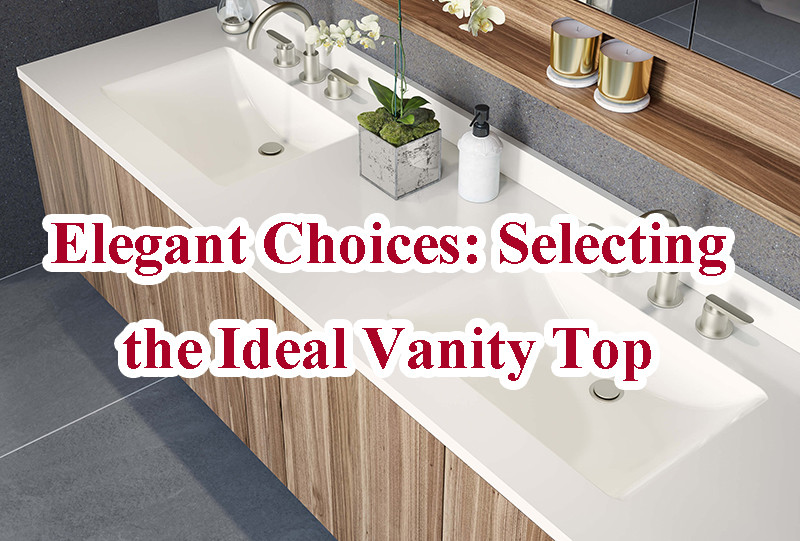
When it comes to remodeling or designing a bathroom, selecting the right vanity top material is crucial. Not only does it impact the aesthetics of the space, but it also affects durability, maintenance requirements, and overall functionality. From timeless classics to innovative modern options, here’s a detailed exploration of various vanity top materials to help you make an informed decision.
Vanity Top Material
1. Marble: Marble has long been synonymous with luxury and elegance. Its natural veining patterns and smooth surface lend a timeless appeal to any bathroom. While marble requires regular sealing to protect against stains, it remains a top choice for those seeking sophistication and classic charm. Varieties like Carrara and Calacatta offer distinct aesthetics, from soft gray veining to bolder, more pronounced patterns.
2. Granite: Granite vanity tops are prized for their durability and unique natural patterns. This igneous rock withstands heat and scratches well, making it ideal for high-traffic bathrooms. Granite comes in a myriad of colors and patterns, from speckled blacks to intricate swirls of gold and cream. While it requires periodic sealing, granite offers a robust and visually striking option for vanity tops.
3. Quartz: Engineered quartz combines the durability of natural stone with low maintenance. Composed of quartz crystals and resin binders, quartz vanity tops are non-porous, resistant to stains, and easy to clean. They come in a wide range of colors and patterns, mimicking the appearance of natural stone or offering bold, uniform hues. Quartz is highly durable and requires minimal upkeep, making it a popular choice for modern bathrooms.
4. Solid Surface: Solid surface materials like Corian or Swanstone offer seamless vanity tops that are easy to maintain and repair. Made from acrylic or polyester resins, these materials are non-porous and resistant to stains, mold, and bacteria. Solid surface vanity tops can be seamlessly integrated with sinks and backsplashes, allowing for a sleek and hygienic bathroom design. They are available in various colors and textures, providing versatility in design.
5. Porcelain: Porcelain vanity tops are known for their durability and resistance to scratches and stains. These tops are fired at high temperatures, resulting in a dense, durable surface that mimics natural stone or other materials. Porcelain is easy to clean and maintain, making it a practical choice for busy bathrooms. It comes in a wide range of colors and textures, offering versatility in design aesthetics.
6. Concrete: Concrete vanity tops offer a modern and industrial aesthetic to bathroom spaces. They are customizable in terms of shape, size, and color, allowing for unique designs that complement contemporary interiors. Concrete vanity tops are durable and heat-resistant but require regular sealing to prevent staining and water damage. They offer a tactile, organic feel and can be polished to achieve different levels of sheen.
7. Wood: Wood vanity tops bring warmth and natural beauty to bathrooms, creating a spa-like ambiance. Typically crafted from hardwoods like teak or oak, these tops are treated to resist moisture and humidity. Wood ages gracefully and can be refinished to maintain its appearance over time. It adds a rustic or contemporary charm depending on the finish and style, making it a versatile choice for design-conscious homeowners.
8. Glass: Glass vanity tops offer a sleek and modern aesthetic, reflecting light and creating an airy feel in smaller bathrooms. They are available in various colors and textures, including clear, frosted, or tinted options. While glass is non-porous and easy to clean, it may require more maintenance to prevent scratches and smudges. Glass vanity tops are often paired with vessel sinks to enhance their contemporary appeal.
9. Tile: Tile vanity tops allow for endless design possibilities with a wide range of colors, patterns, and materials such as ceramic, porcelain, or natural stone. They are durable and easy to clean, though grout lines may require regular maintenance to prevent staining. Tile vanity tops offer flexibility in design, allowing you to create custom patterns or mosaics that complement your bathroom’s style and color scheme.
10. Laminate: Laminate vanity tops provide an affordable and versatile option for budget-conscious remodelers. Made from layers of plastic laminate bonded to particleboard, these tops are available in a variety of colors and patterns that mimic natural stone or wood. While laminate is easy to clean and maintain, it may be prone to scratches and chips over time. It remains a practical choice for bathrooms where cost-effectiveness is a priority.
Conclusion: Choosing the right vanity top material involves considering factors such as aesthetics, durability, maintenance requirements, and budget. Whether you prefer the timeless elegance of marble, the durability of granite, or the modern appeal of quartz, each material offers unique advantages that can enhance your bathroom’s functionality and style. By understanding the characteristics of different materials, you can confidently select a vanity top that suits your personal taste and practical needs, ensuring a bathroom that is both beautiful and functional.
This guide covers the major types of vanity top material, providing insights into their characteristics and suitability for different bathroom designs. If you have any specific preferences or further questions, feel free to ask!
 WOWOW Faucets
WOWOW Faucets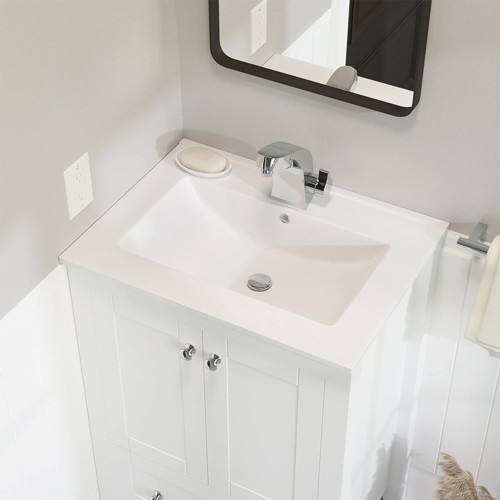
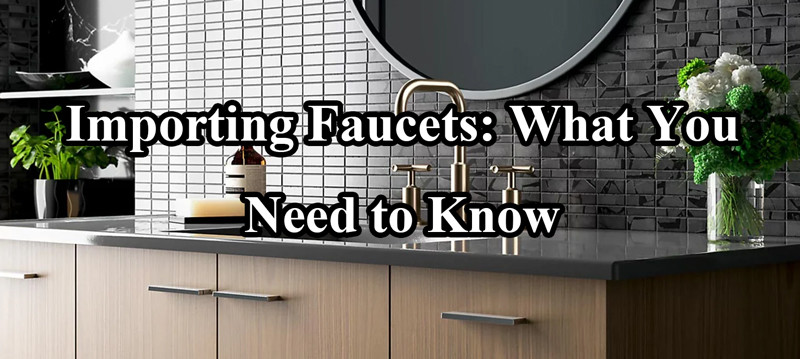
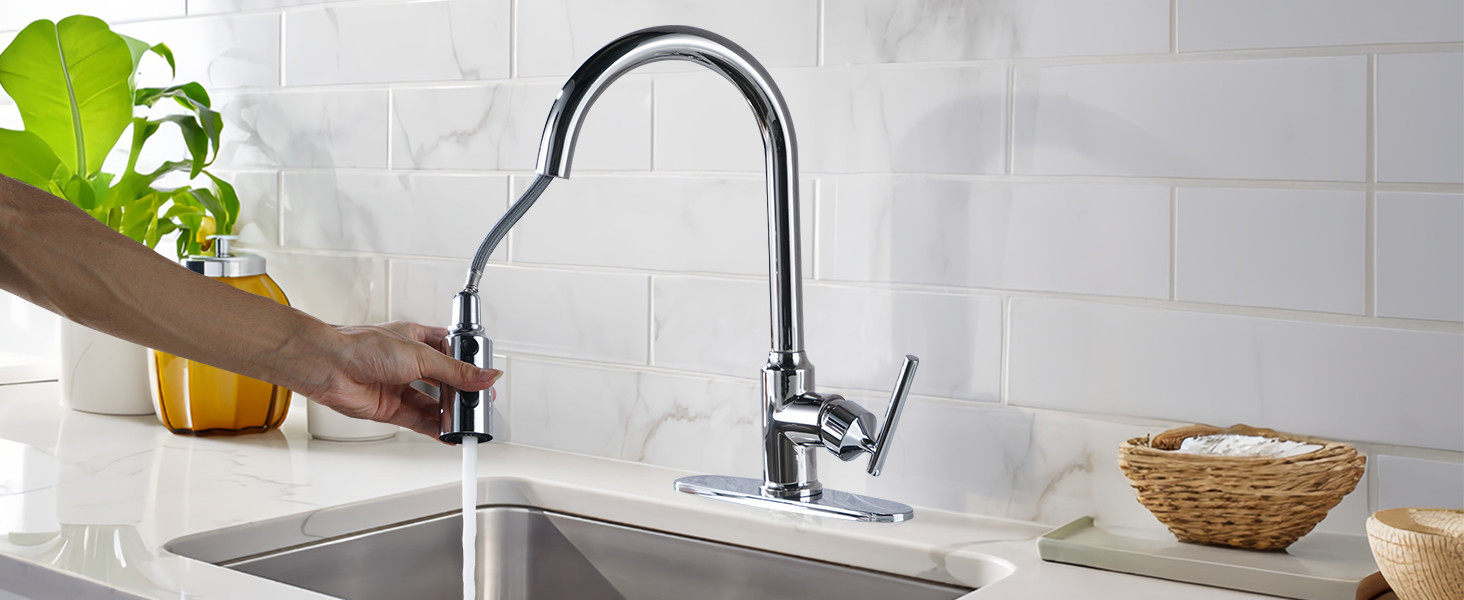


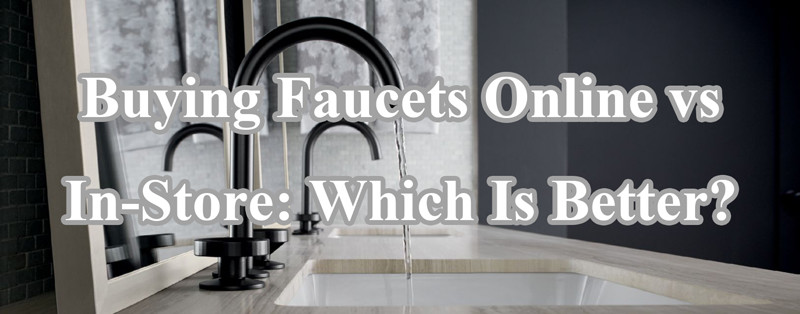

您好!Please sign in